In the Malian bush, a scattering of acacia trees grow through the wild grass and shrubs that spread for miles across the semi-arid scrub. Herders graze cattle nearby and local people fetch firewood. The acacias are among the taller and faster-growing trees of this habitat, with old individuals reaching high above the surrounding scrub.
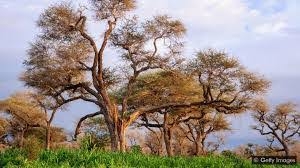
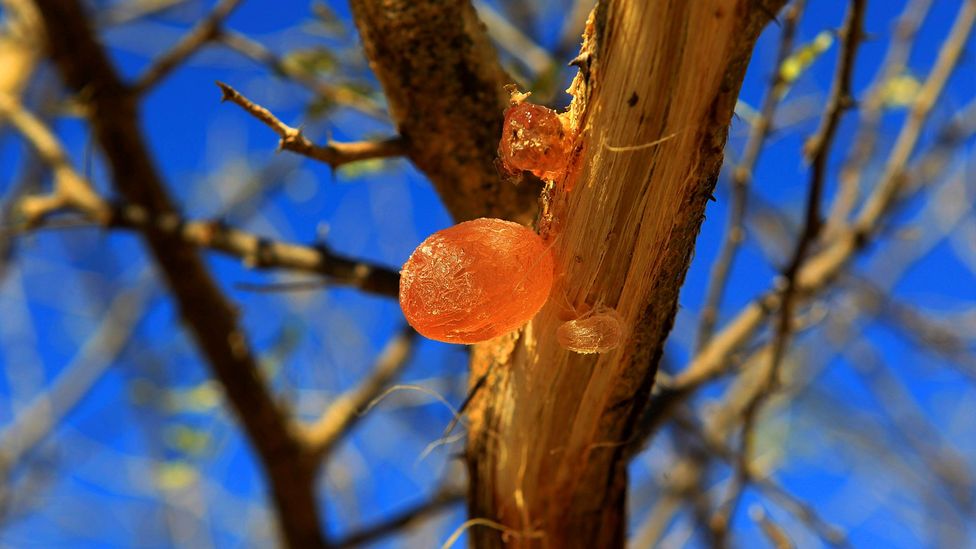
Gum arabic spills out naturally from wounds in the acacia tree, but it can also be extracted by making deliberate incisions into the bark (Credit: Reuters)
Mali was one of the two historic exporters of gum arabic, along with Senegal and Sudan, but the trade dwindled in the second half of the 20th Century. Until the 1960s, Mali had produced more than 10,000 tonnes of crude gum arabic a year. But a combination of natural and political factors destroyed the trade, such that by 1992 Mali exported only 32 tonnes of crude gum per year.
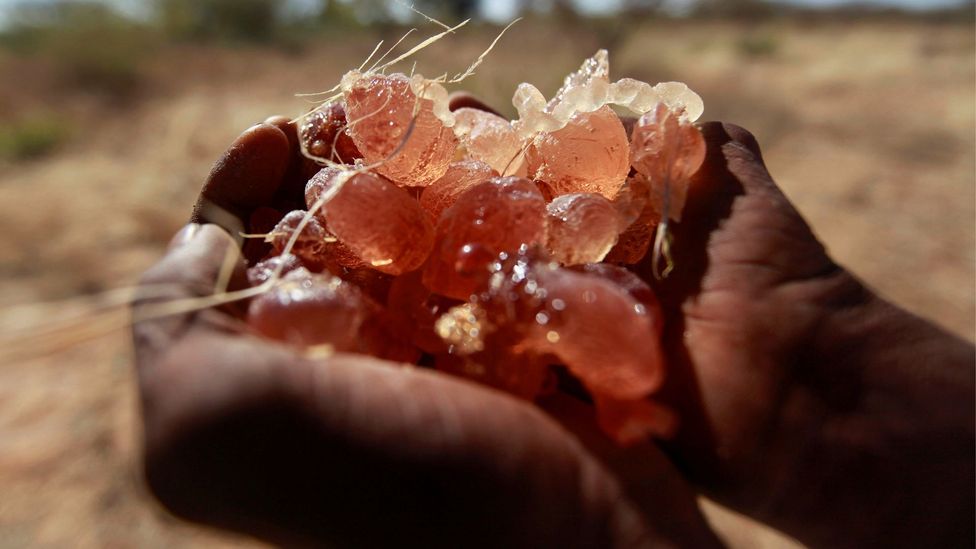
Gum arabic has been traded for millennia across this arid region, and the Sahel is where some of the highest quality gum comes from (Credit: Reuters)
Koné says that the plantation is a success in both terms of reforestation and adaptation to climate change. “The acacias planted now produce the finest gum arabic, [which is highly] praised on the international market,†says Koné.
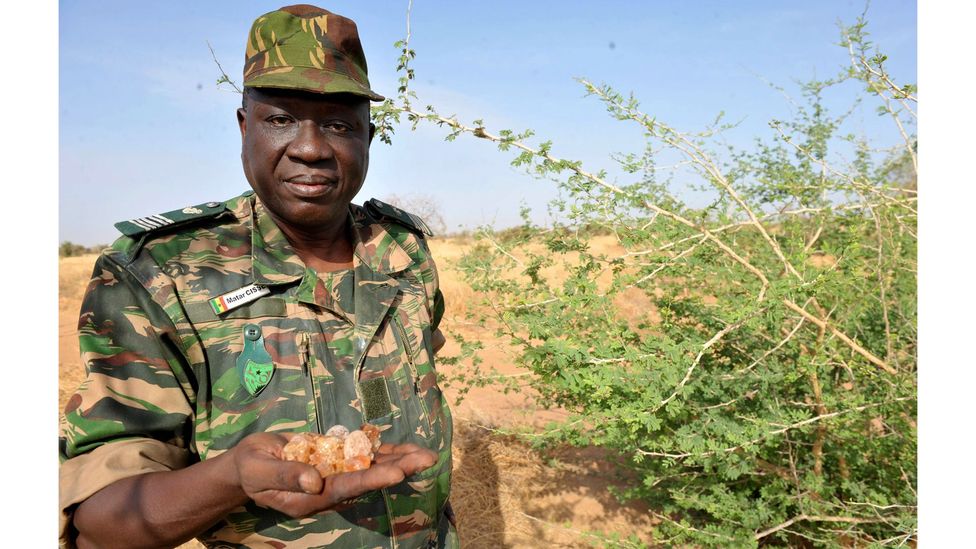
Not only in Mali but across the Sahel, the gum arabic trade plays an important role in the region's economy (Credit: Getty Images)
In the first year of his arrival in the Kayes region, Cissé says he saved nearly CFA1m ($1,800/£1,400) by selling gum arabic. “Everyday, I went out early in morning and only came back when the sun was about to set,†he says. “When I returned to my village, many young people wanted to follow my example.â€
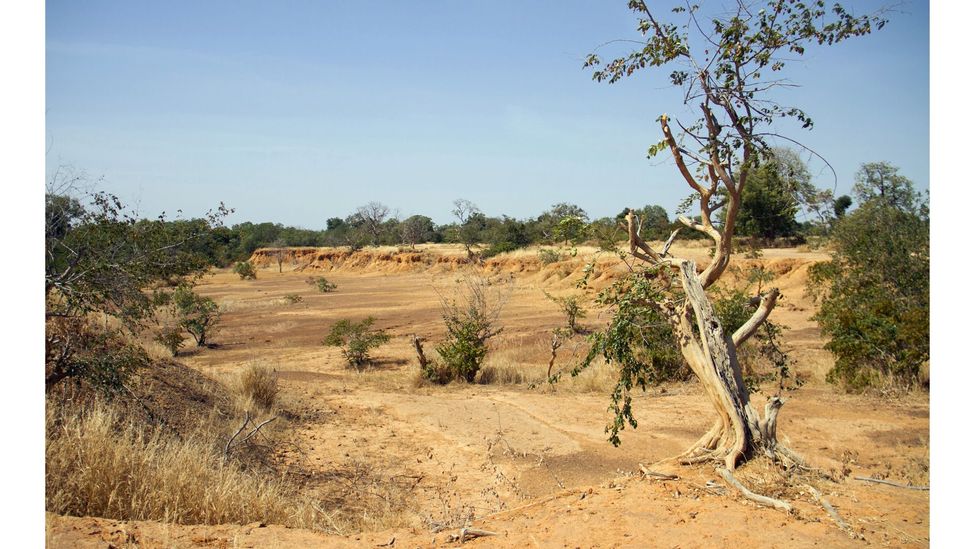
The Koulikoro region of Mali is arid and vulnerable to climate change, but this region is one set to benefit from Africa's Great Green Wall (Credit: Reuters)
In Mali, the route of the Great Green Wall covers nearly 890km (550 miles), passing through the regions of Kayes and Koulikoro. The project is structured around 29 blocks, each one comprising a farm of approximately eight hectares of land developed for agriculture, tree planting and ranching. In total, there are expected to be 29 blocks in Mali that will involve 12,500 families. In 2015, the Malian state also began to invest CFA4bn ($7.2m/£5.6m) in planting acacia, training farmers in harvesting techniques and managing rural cooperatives in villages where gum arabic is grown.
Advertisement

Link socials
Matches
